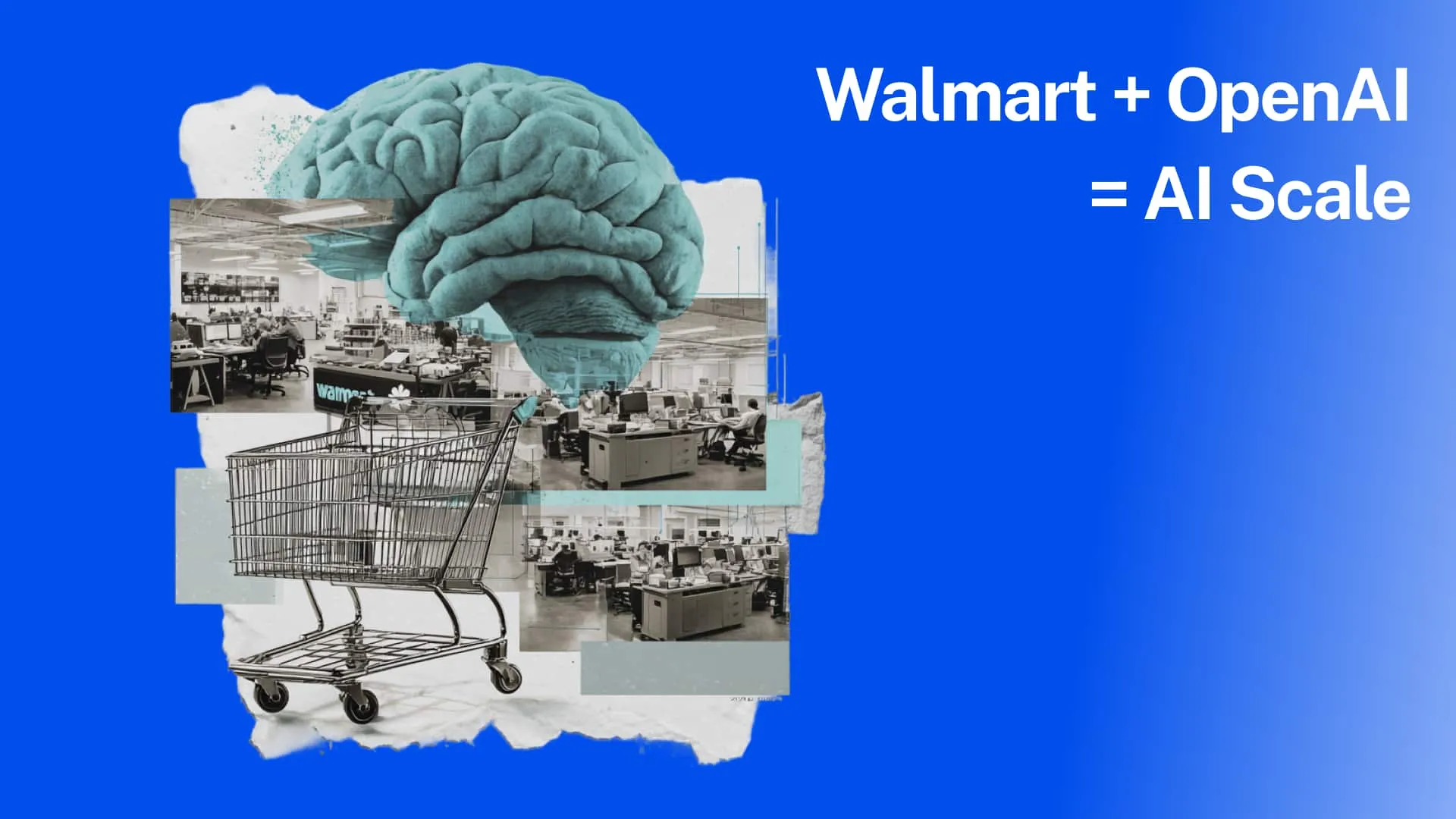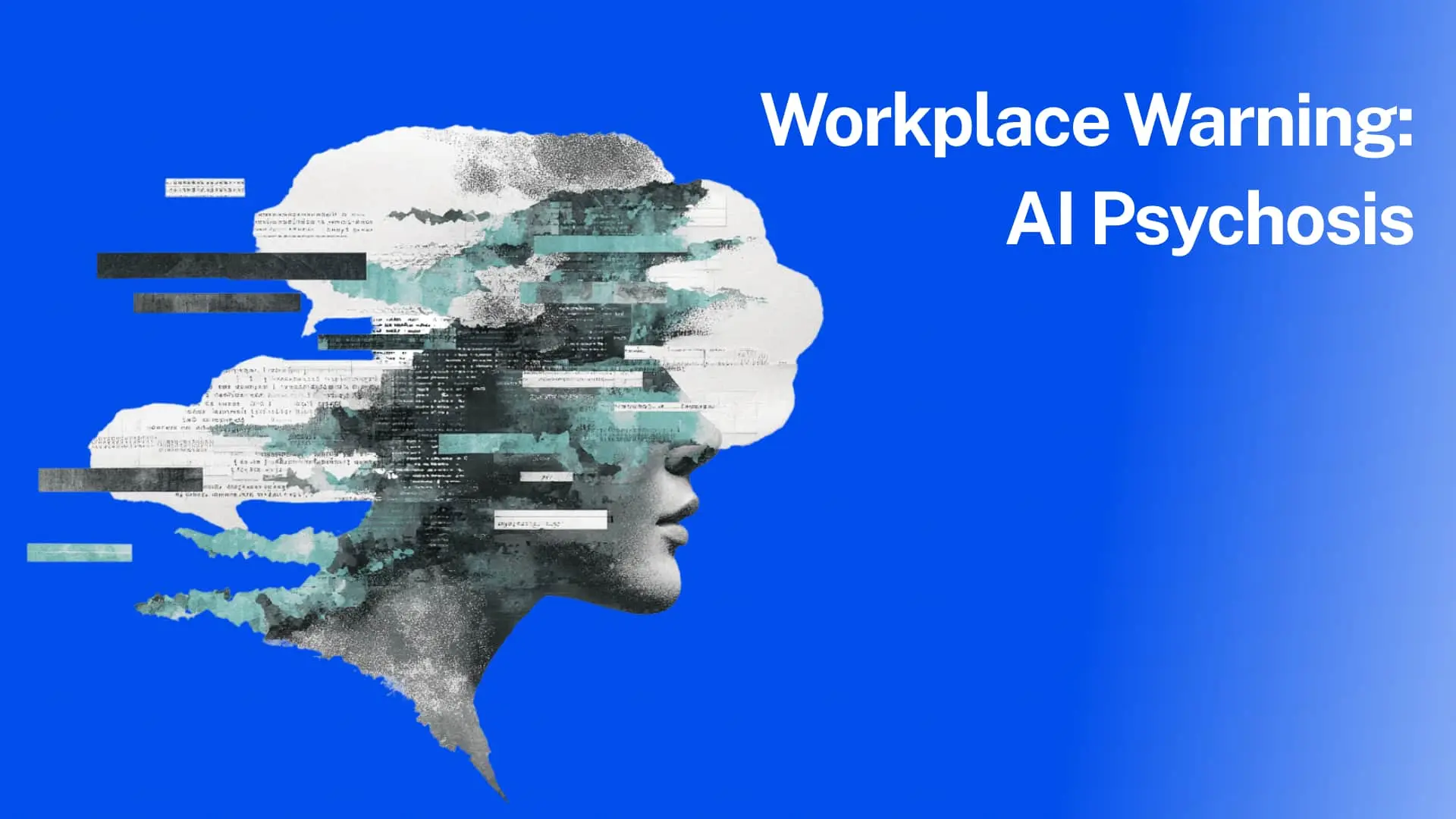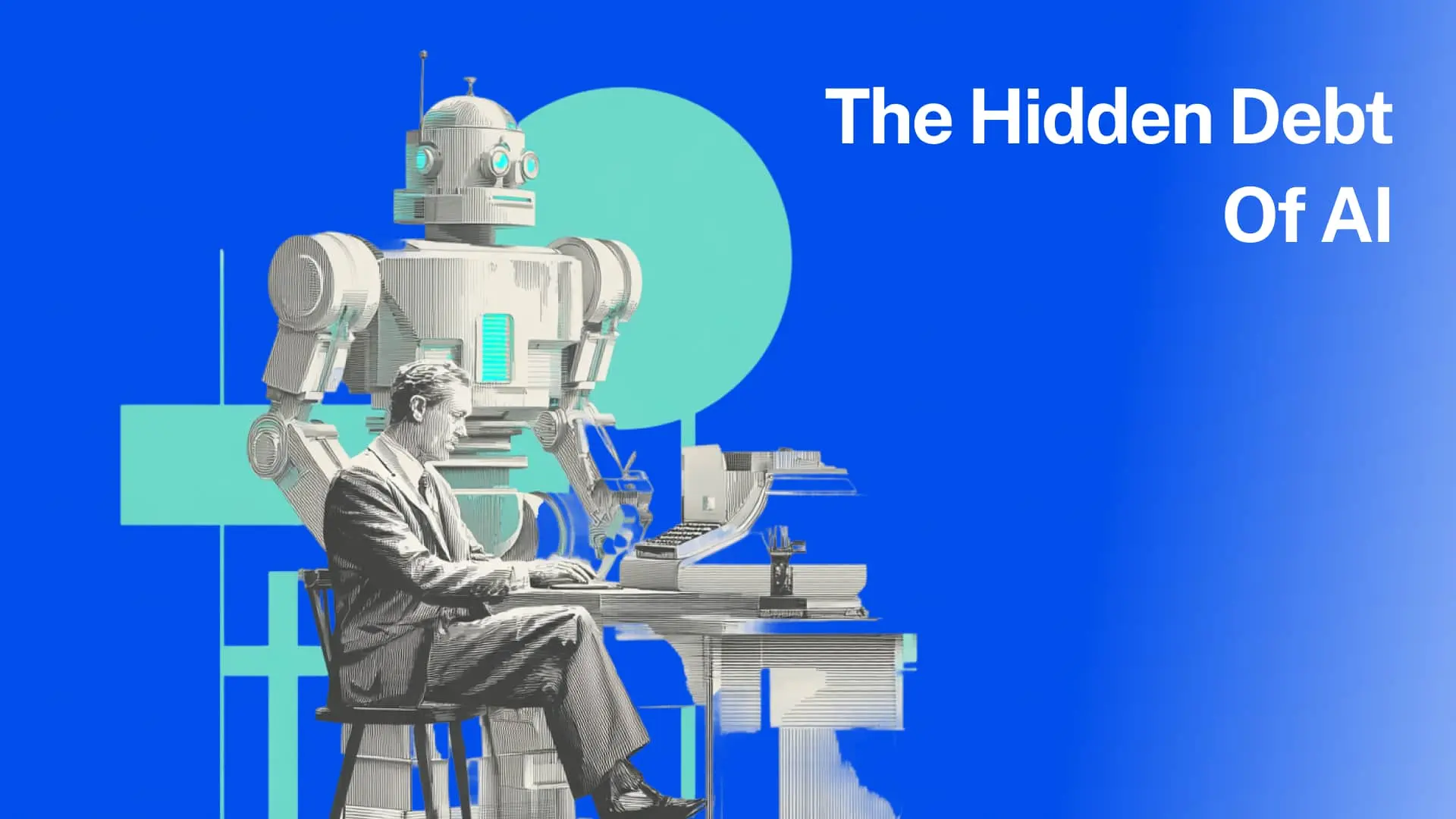Introduction
When a machine can write your report, answer your client’s question, and even generate new ideas in real time, the work you’ve taken pride in for years starts to feel different. It’s not always about fear of replacement, but rather the fading clarity around why your contributions matter.
That quiet discomfort, subtle but persistent, is exactly where Dr. Tracy Brower, VP of Workplace Insights at Steelcase and author of The Secrets to Happiness at Work and Bring Work to Life, believes we need to direct our attention. The real challenge, she believes, we need to focus on, not just the technological leap, but the human recalibration that follows.
"Through our work, we crave impact, connection, growth, and clarity," she told me. In other words, the real transformation isn’t simply about AI taking over tasks, but about rethinking how individuals can continue to find meaning, agency, and relevance in a fast-changing landscape.
This goes beyond software. It’s a systems-level shift in defining success, designing culture, and leading people. Throughout our conversation, Tracy unpacked five critical tensions and one generational pivot point that will shape the next chapter of work.
1. Value Is the New Center of Gravity
“Top performers used to mean top revenue. Today, it means top relevance.”
In a landscape where technical proficiency is increasingly easy to replicate, what stands out most is the ability to stay contextually grounded, emotionally intelligent, and deeply collaborative.
Tracy argues that the people who thrive moving forward will not necessarily be the most productive in the traditional sense of redundant tasks or “turning the crank”, but those who consistently add value through judgment, human nuance, and creative energy.
The highest performers are shifting. They are leading at a high level and actively shaping how new tools like AI are understood and applied. These individuals want to be hands-on with innovation, not behind it. They want to experiment, explore, and test limits because that’s how they stretch their own learning and help the organization grow smarter.
Organizations that retain top talent will be the ones that allow them to co-create. Involve them early. Give them freedom. Trust them with the frontier.
As Sophie Wade also writes in her Work in Progress Report, “careers shift now from ladder climbing to lattice growth,” and unlocking internal talent flow means creating space for people to apply their skills dynamically across roles, projects, and teams.
2. Identity Is Expanding Beyond the Job Description
For decades, work offered a clear path to identity.
It gave people a role, a purpose, a title, and often a sense of self-worth. But in this AI-shifted moment, Tracy describes what she calls a new “identity rethink.” People are no longer content with a one-dimensional understanding of who they are. Alexandra Samuel (PhD, Harvard University) also echoes this shift, observing that working with AI becomes a mirror. “I’m learning, I’m evolving, and I’m reflecting on my actual goals, my thought process, and my values,” she says, reminding us that the tools we use are also shaping who we become.
This is where Tracy’s concept of “dimensionality” comes in. It’s about finding self-worth and recognition, not just from your output, but from your ability to be present across your life—at work, yes, but also in your family, community, and creative expression. Work is still a pillar, but not the whole foundation.
As companies push faster toward digital tools and hybrid models, they risk overlooking this core truth. Visibility disappears. Recognition falters. And identity starts to drift. That’s why Tracy believes it is more critical than ever for leaders to recognize and reinforce the full spectrum of a person’s value, not just what they do, but who they are becoming.
3. Trust Is No Longer a Given; It’s a Design Challenge
“People don’t trust what they don’t understand.”
This may be Tracy’s most urgent insight. In the past, trust might have been a product of time or proximity. Now, with rapid AI adoption, algorithmic decisions, and invisible systems at play, trust is often the first casualty of progress. We assume that if a tool performs, it earns trust. But performance alone is no longer enough.
Tracy identified three emerging friction points: moments when someone realizes they were unknowingly interacting with a bot, when a manager’s message feels disconnected from lived experience, or when change is announced with vague language. These gaps lead to suspicion, not safety.
Building trust now requires a deliberate architecture. Regular, transparent communication. Face-to-face moments, even virtually. Invitations for feedback, questions, and honest conversations. It’s not about knowing all the answers. It’s about demonstrating that you are thinking about the questions that matter.
4. Culture Doesn’t Happen on Posters; It Happens in Tension
Tracy described culture as something that lives not in values or statements but in paradoxes that people must navigate daily. She outlined four enduring tensions that now shape the reality of workplace culture:
- Offering strong direction while still creating space for individual contribution.
- Maintaining clarity and consistency while leaving room to adapt.
- Driving for results while honoring emotional well-being.
- Using technology to move fast while maintaining time for reflection and humanity.
These are not problems to be solved. They are dynamics to be managed.
The best cultures are not consistent because they remove tension but because they acknowledge it and provide shared language and practices to move through it. The role of the manager becomes central here. They are not just communicators or operators; they are culture carriers. Through how they give feedback, set expectations, and handle uncertainty, they shape what the workplace actually feels like.
5. Leadership Is Reaching a Breaking Point
There is a growing disconnect between what we expect of leaders and what support we actually provide them. Tracy cited data showing that more and more managers are choosing to step out of leadership roles, while younger generations, especially Gen Z, are hesitant to step in.
What may appear as laziness is actually discernment, a recognition of the emotional cost involved.
Leaders today are asked to manage tremendous demands. Deliver performance, yet hold space for well-being. Drive digital transformation, yet be the person everyone turns to when it feels too fast. Be strategic, be available, be present, be perfect. It’s an unsustainable mix.
So what can organizations do? Tracy recommends three levers:
- More thoughtful leadership development programs that focus on emotional intelligence and real-world scenarios, not just theory.
- Peer learning groups where leaders can be honest, messy, and collaborative.
- And stronger access to mentoring, not for performance tracking, but for reflection and perspective.
6. Gen Z Doesn’t Want Your Job; They Want a New Playbook
"Say yes to what energizes you—even if it’s not on your job description."
Tracy speaks with deep insight and empathy about Gen Z. This generation is stepping into a workforce that is shifting faster than it can explain itself. They’re being asked to be strategic, adaptable, mission-driven, and AI-literate, often all at once. But they’re also navigating vague paths and inconsistent support.
Her advice is both simple and powerful: follow energy, not ego. Don’t wait for titles or promotions to give you permission to explore. Say yes to experiences that make you feel more alive, more curious, and more connected. Even if it’s outside your formal scope.
And if you don’t have a great boss, Tracy says, pay attention anyway. You can learn just as much from what you don’t want to replicate.
Gen Z isn’t rejecting leadership. They’re redefining it.
The Bottom Line
“People Don’t Trust What They Don’t Understand”
In every part of the conversation, this quote from Tracy surfaced like a heartbeat. Trust, she explains, isn’t just a matter of ethics or process but a foundation for resilience.
When people don’t understand how decisions are made, how AI tools are chosen, or how they fit into the future, they disconnect. And disconnection is the real risk, not automation.
The companies that will thrive in the next era aren’t the ones that adopt AI fastest. They are the ones who slow down just enough to make sure their people still feel seen, valued, and invited into the process. Innovation matters, but inclusion matters more.
📝 How To Put It Into Practice
After reading this article, I am sure that one insight sparked a thought, one tension felt familiar, or one truth hit close—these are your prompts to turn reflection into action:
For Leaders
Design for trust before speed.
- What recent decision have I explained clearly, and what have I assumed people would just “get”?
How can I better include my team in shaping how we adopt and use new tools like AI? - When was the last time I asked someone how they’re really doing, not just what they’re delivering?
For Teams
Keep the human in the loop.
- What do we do together that strengthens connection and trust, and how do we protect that?
- Where have we started to over-rely on automation, and where do we need more intentional conversation?
- What’s one small ritual we can start to reconnect, reflect, or recognize each other?
For Early Career Professionals
Follow energy, not just instructions.
- What part of my work feels most meaningful, even if it’s not in my job description?
- Who in the organization is doing something I’m curious about—and how can I learn from them?
- What feedback or support would help me grow, and have I asked for it?




.webp)







